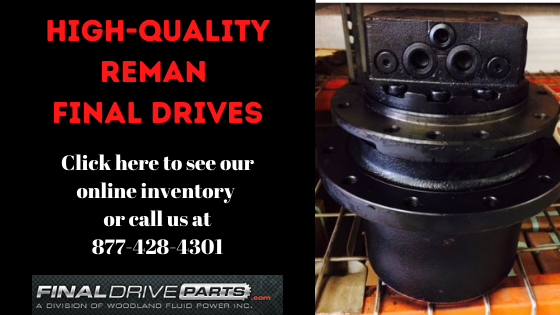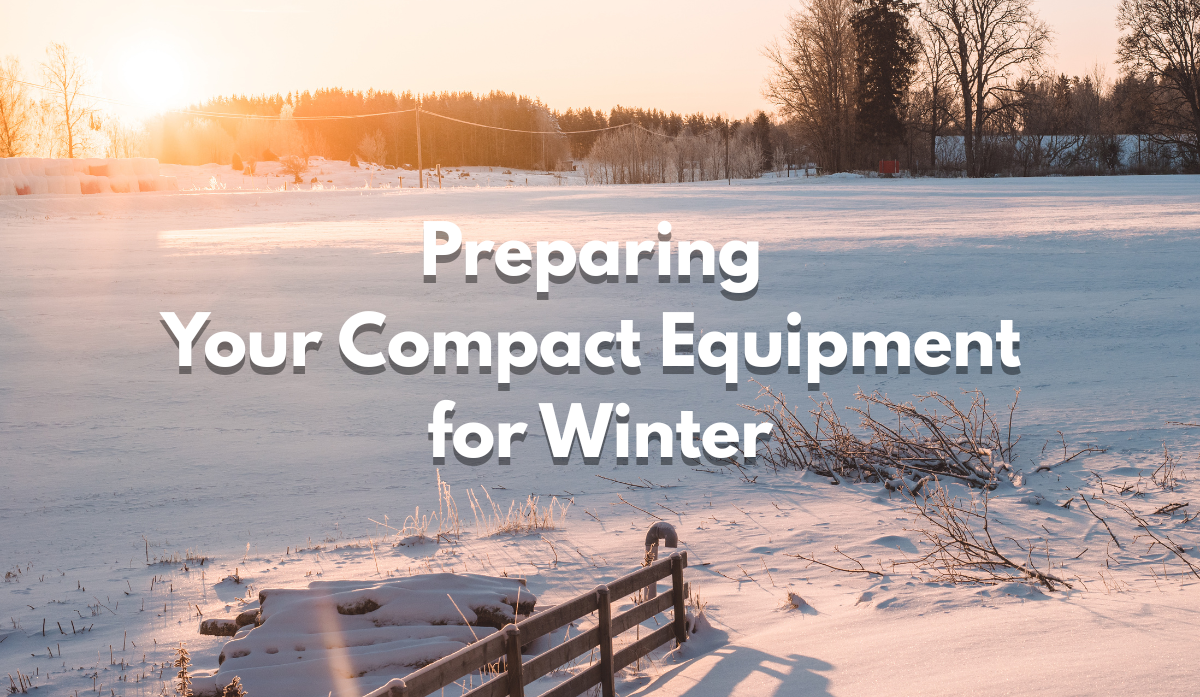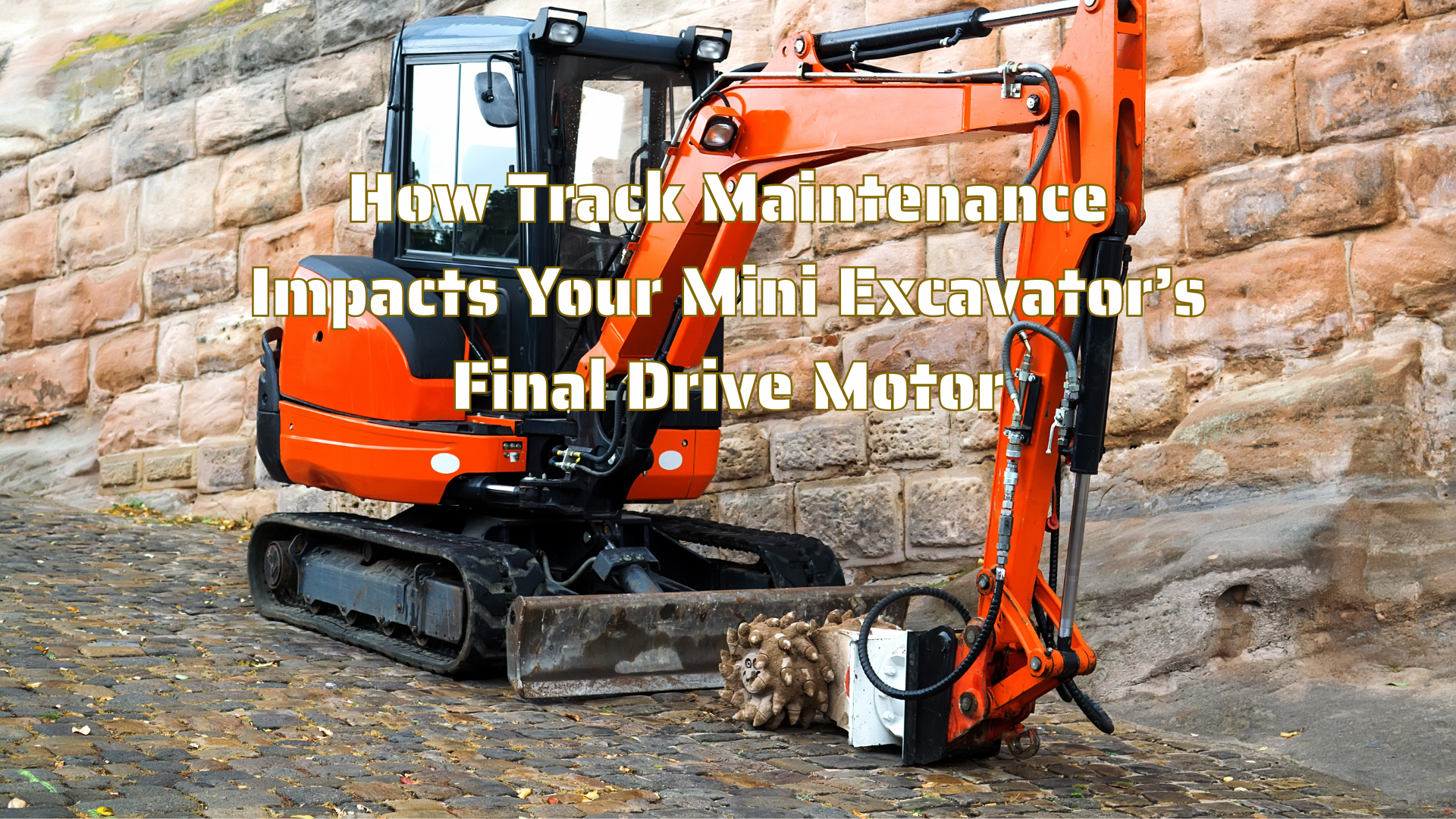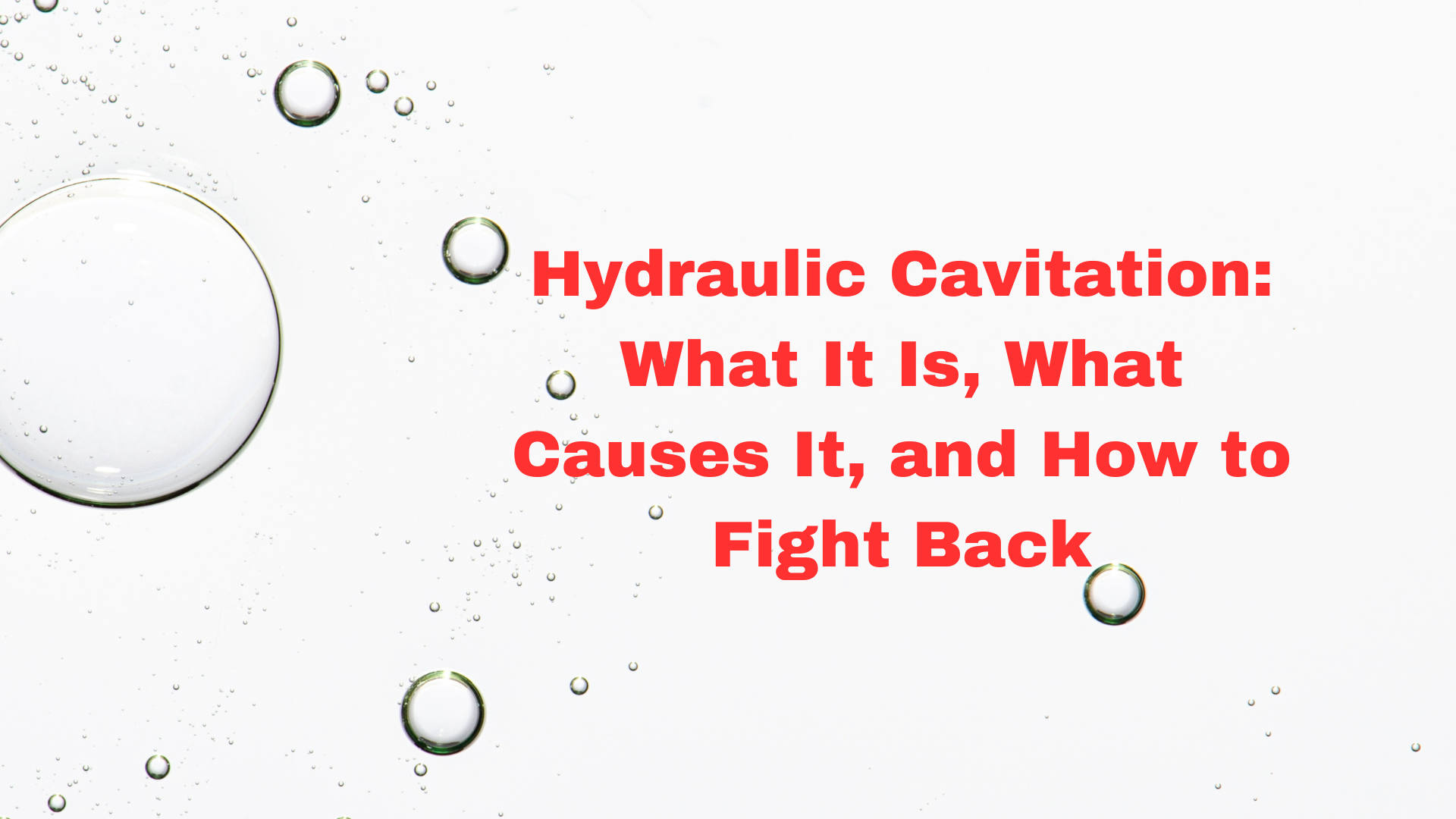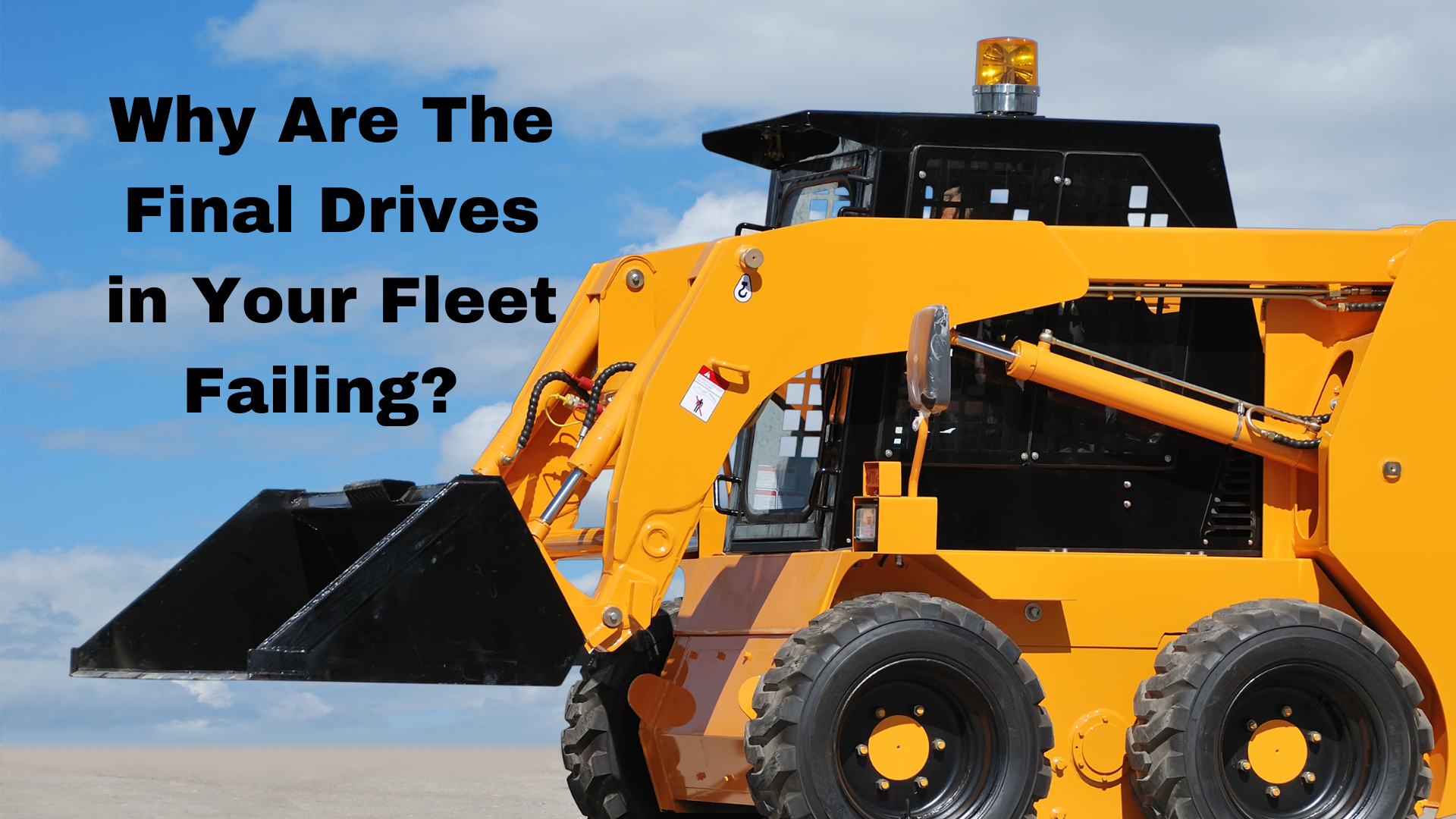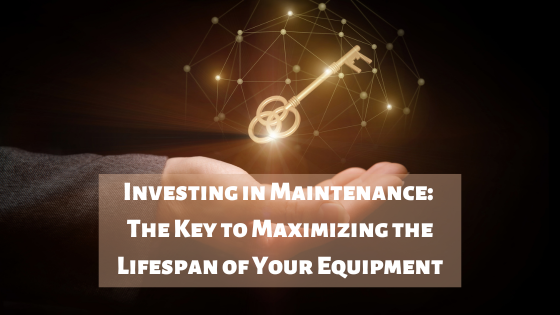John Deere 332 Final Drive: Common Issues [VIDEO]
Posted by Dr. Sara McCaslin on May 30th 2022
In this Shop Talk Blog post, we'll look at some of the common issues with John Deere 332 skid steer final drive motors and how to prevent them.
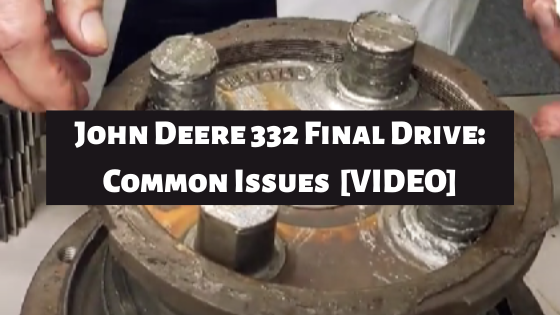
Here are a few other blog posts you might find helpful or interesting:
A customer sent in a John Deere 332 core for a skid steer loader, and when we opened it up, there were some significant issues.
Hydraulic Issues
Let’s start with the hydraulic motor, also called the hydraulic hub or side. Here’s a cutaway of the hydraulic hub, showing seals and how the distributor fits inside the main housing.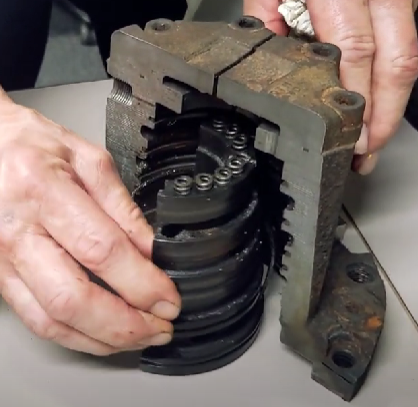
You can see the hydraulic side is dirty in the next image -- and it shouldn't be. Contamination on the hydraulic side is always harmful, especially the particle contamination you can see here. Contamination causes the parts to wear out faster than they should. The hydraulic power to move your machine is generated here, making it a critical part of your final drive. Wear of these components will eventually impact the performance of your equipment.
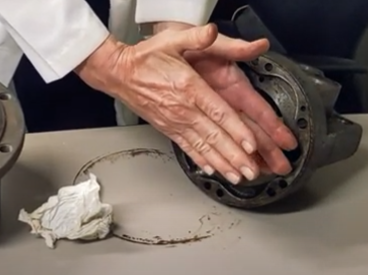
The best way to keep the hydraulic side clean is to …
- Use clean hydraulic fluid
- Never open up the hydraulic side in a dirty environment
- Use good quality hydraulic filters and change them regularly
- Flush the hydraulic system after a catastrophic failure
Fortunately, the hydraulic side isn’t typically damaged to a severe degree. The worst part is usually just trying to get the bolts out. In a worst-case scenario, the bolts may be broken or have to be torched to get them free.
Planetary Issues
Planetary gear failure is the most severe problem for the Deere 332 skid steer loader final drives. If something goes wrong here, everything in the planetary gear hub is usually wiped out. If you look at the image below, you can see evidence of some serious damage in the face seal area. This results from metal-to-metal contact that eats up the mechanical sealing surface.
The following picture shows a catastrophically damaged ring gear that looks like it’s been chewed up. Unfortunately, this can’t be fixed, and the domino effect of its damage likely totaled the rest of the gear hub, as well.
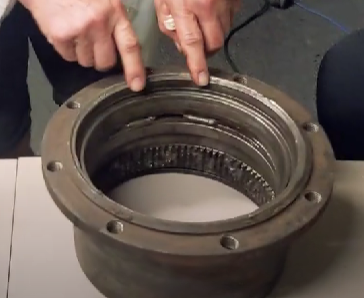
Next, we can see the damage to the inner race of the main bearing. Again, where a shoulder should continue around the hub, there is only part of one. This is another example of catastrophic damage.
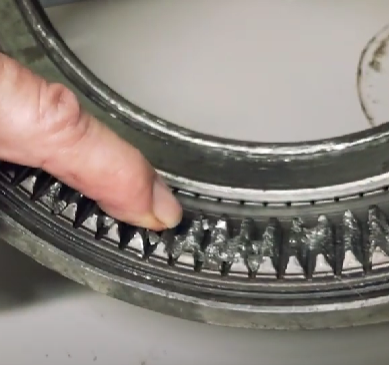
Where the top reduction gears fit on the drive, we can see that chewed-up appearance again where metal-to-metal contact has destroyed the shafts and even the bosses. You can even see where the gears and bearings scraped across the flat surface. However, this can be repaired.
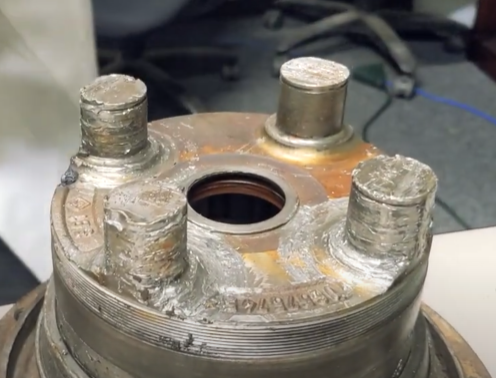
The most common causes of these issues for the planetary hub are
- A failure to change out the gear oil
- A lack of gear oil
- A neglected face seal leak
How We Repair Final Drives
If you watch to the end of the video, you'll see that we've come up with highly effective ways to repair some of the issues. That means a severely damaged final drive motor doesn't necessarily have to be totaled!
And if you need a final drive repaired, reman, or replaced, contact us ASAP! Don't forget to check out our massive online inventory as well.

![John Deere 332 Final Drive: Common Issues [VIDEO]](https://cdn11.bigcommerce.com/s-lbnln0ppxx/images/stencil/original/uploaded_images/john-deere-332-final-drive-common-issues.png?t=1653946650)
